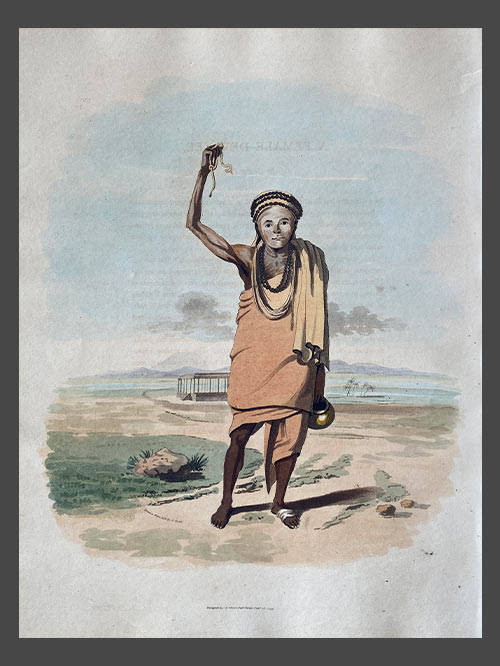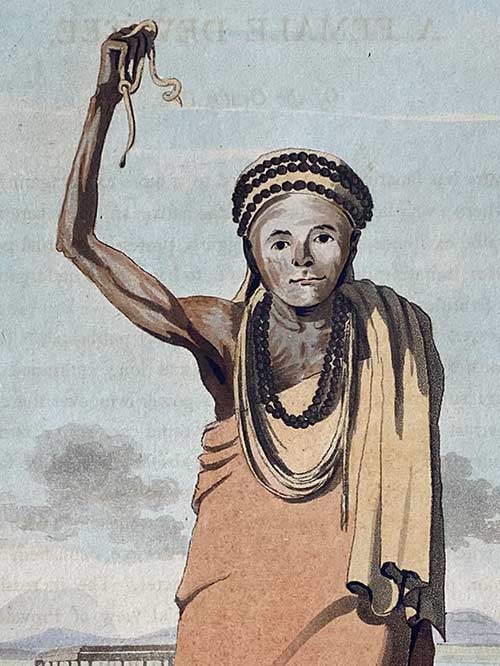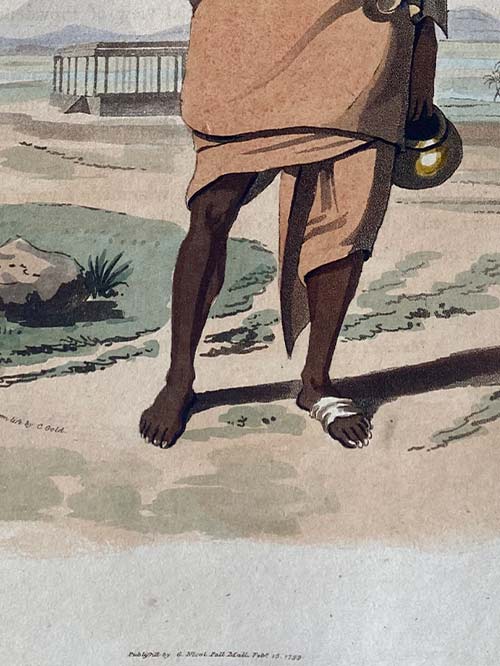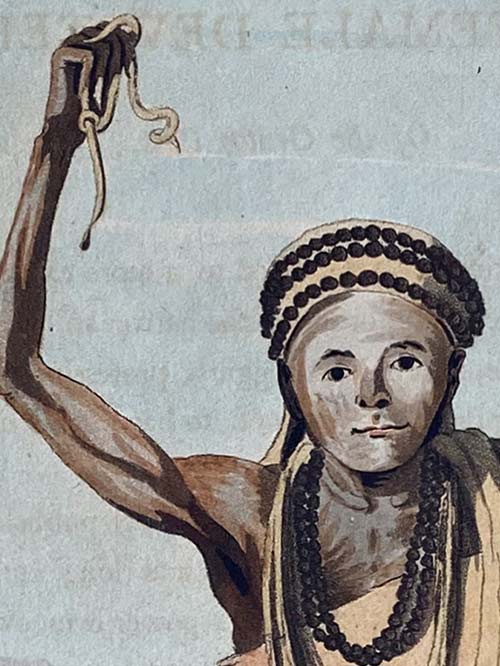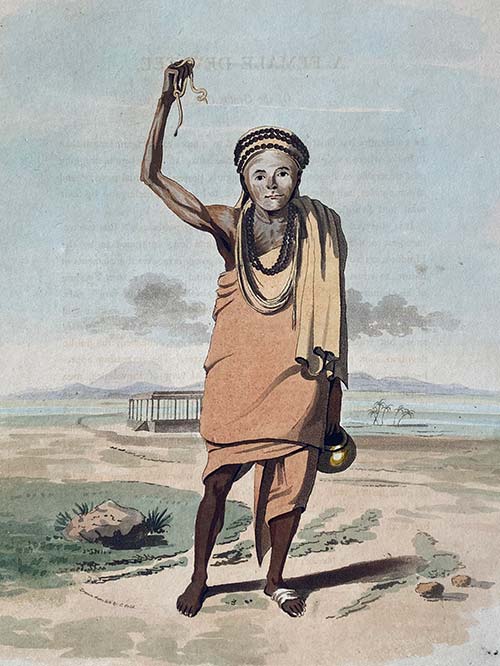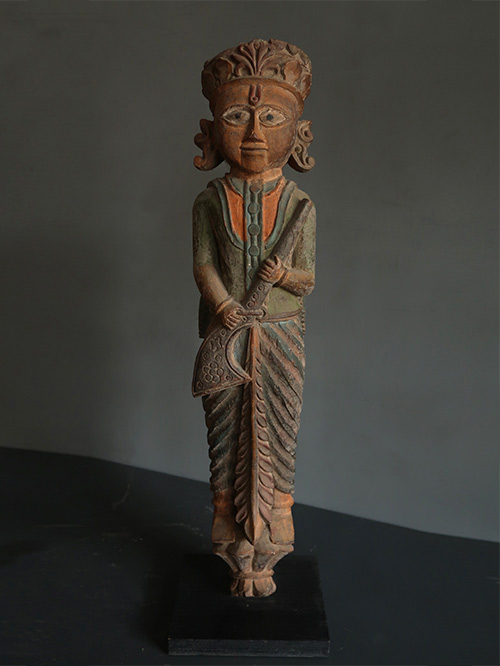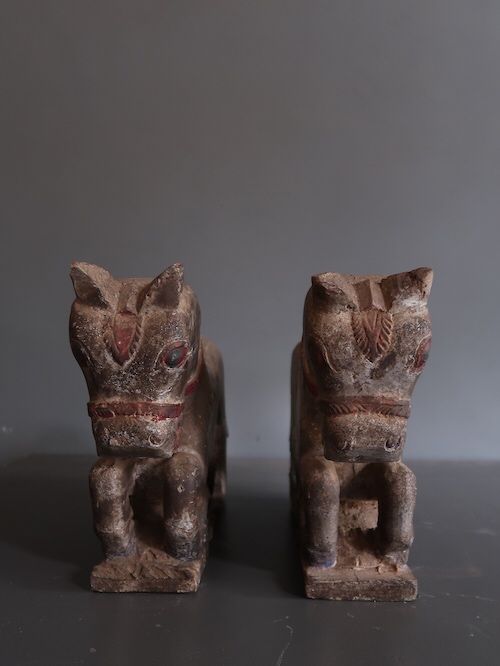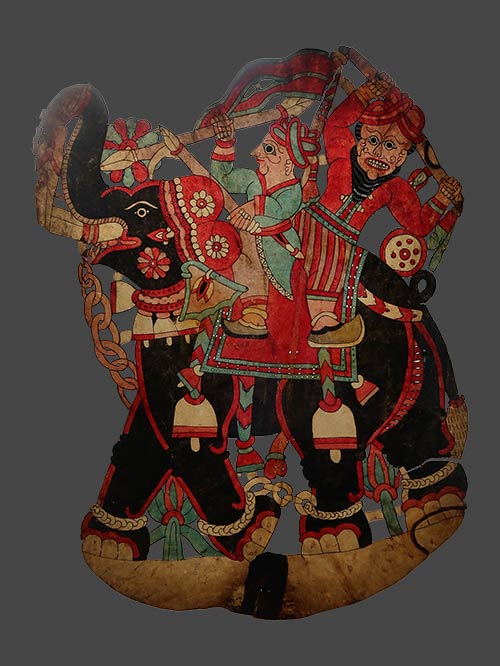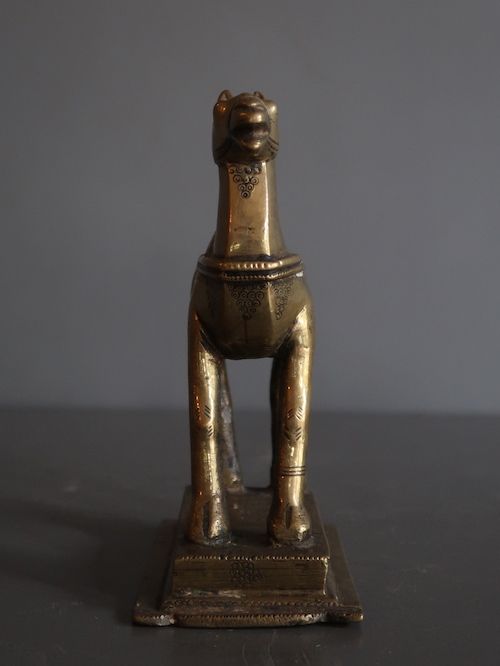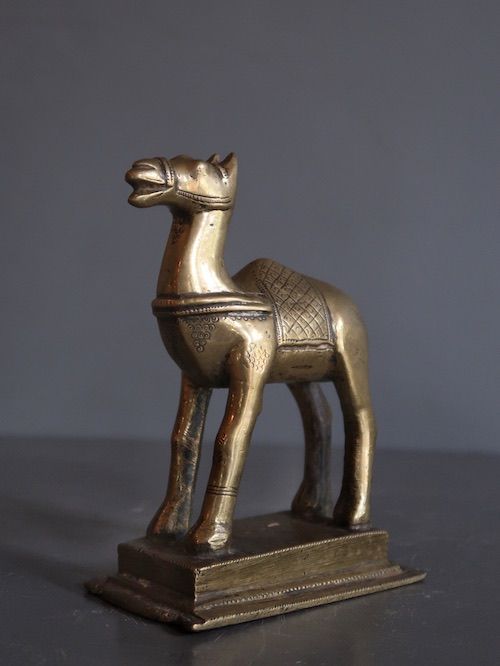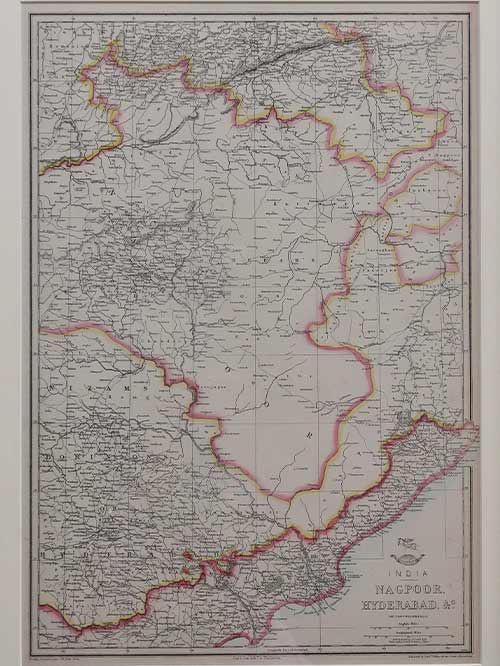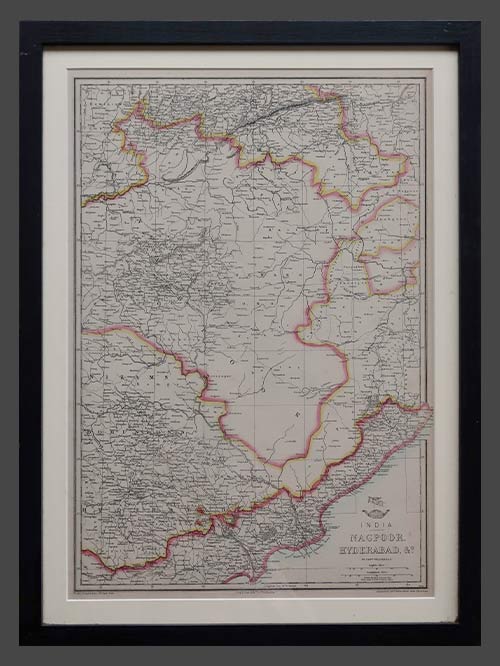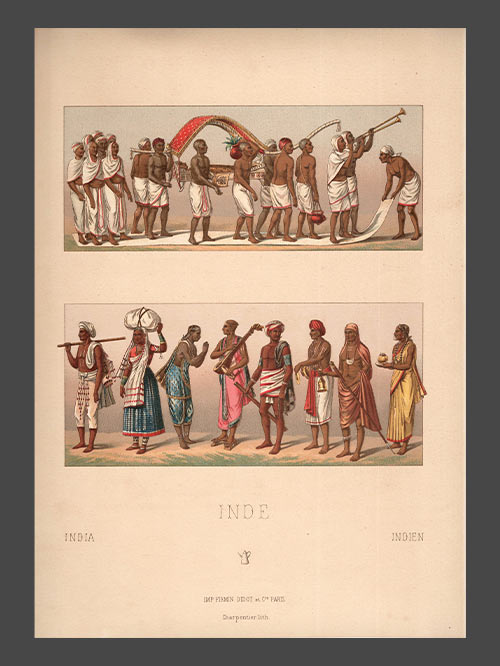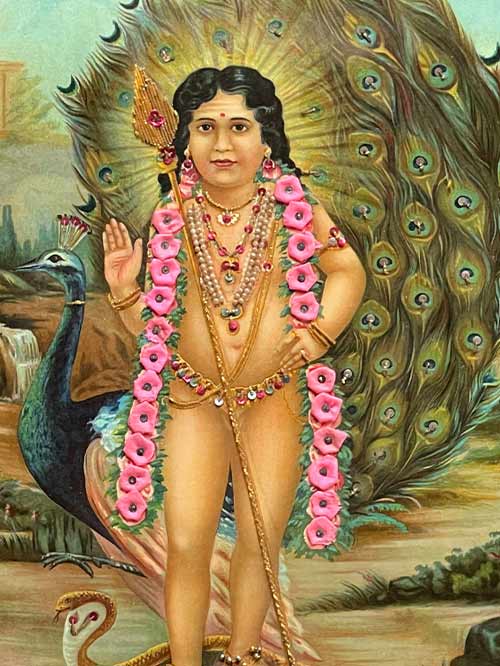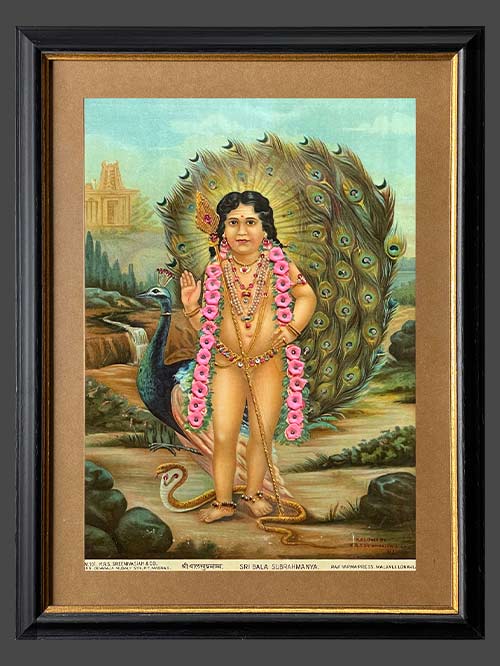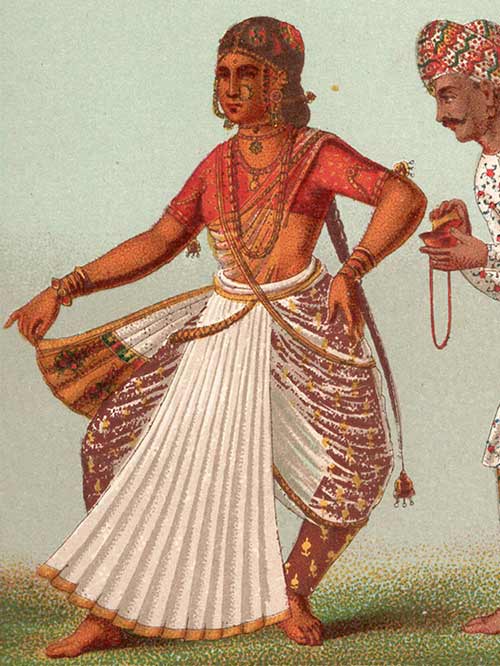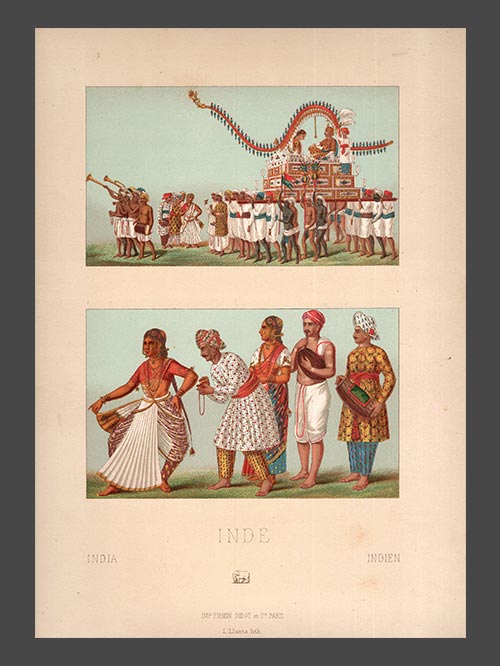Pub. London
original hand-coloured aquatint
Captain Charles Gold (d. 1842) served in the military campaigns against Tipu Sultan, the ruler of the Kingdom of Mysore and during 1791-98 he sketched a series of images later published as aquatints in “Oriental Drawings.” He was fascinated with the concept of religious begging and documented all manners of mendicants and zealots that he met on his travel, often detailing their unique trials and tribulations.While these prints cannot be divorced from the orientalist roots from which they came, they are a compelling visual memoir of a time and people that may have otherwise been lost to time.
The devotee drawn by the artist, “made a vow, in order to gain favour with the gods, to keep her right arm uplifted, and let the finger nails of that hand grow for twelve years. The cord worn round her neck she used for the purpose of tying up her arm at night when going to rest. Her hand being nearly closed, the thumb nail arched directly over it, the fore finger nail assumed a spiral or cork-screw form, that of the middle took an extraordinary direction, encircling the little finger nail, which grew more regularly than the others, and descended about half way to her elbow, the remaining or fourth nail being broken off half an inch from the finger end. She had adopted the orange coloured dress usually worn by the religious orders in India; and being subsisted entirely by the liberality of the devout, who regarded her as a saint, travelled the country with a brass pot, to receive their pious donations in. Her face, right arm, and neck, were smeared over with a white powder. The ornaments round her head and neck are seeds of a fruit which grows in the north of India, called the nut of Rouderin. The cloth round her right foot was merely to cover a hurt received in travelling, as she did not indulge with shoes. In the distance is a Choultry, built at the expence of some charitable Gentoo, for the accommodation of travellers.”
Size (cms): 33(H) x 25(W)
Size (inches): 13(H) x 10(W)

